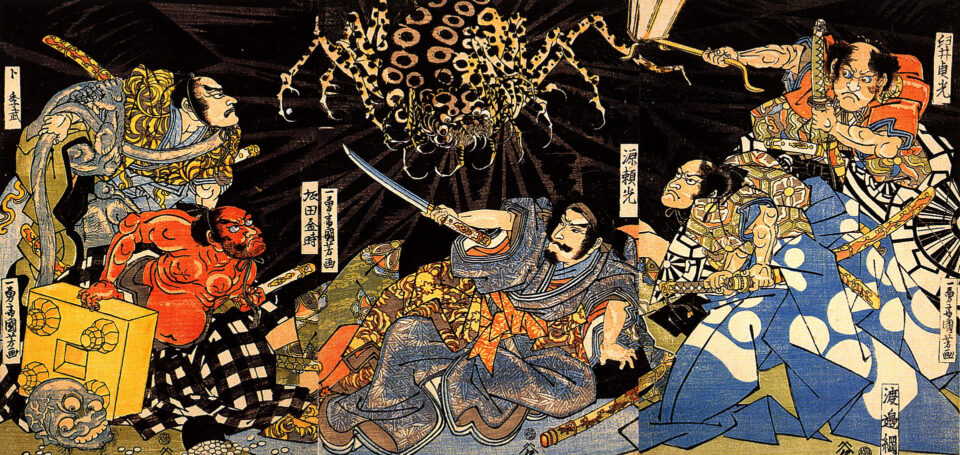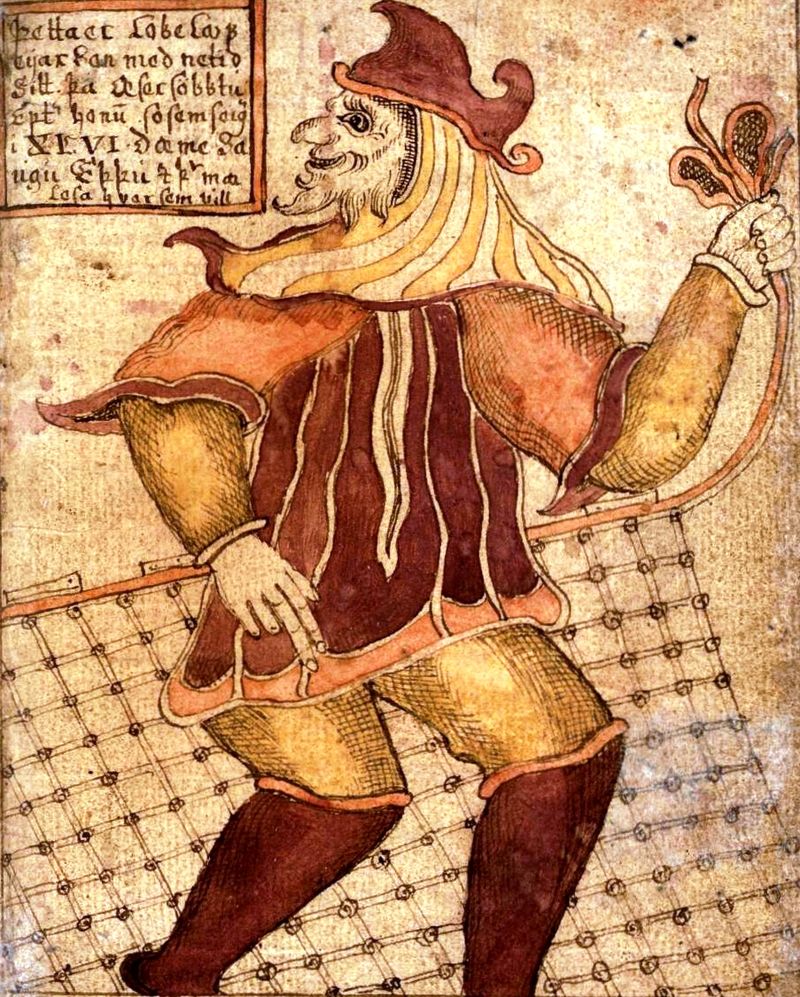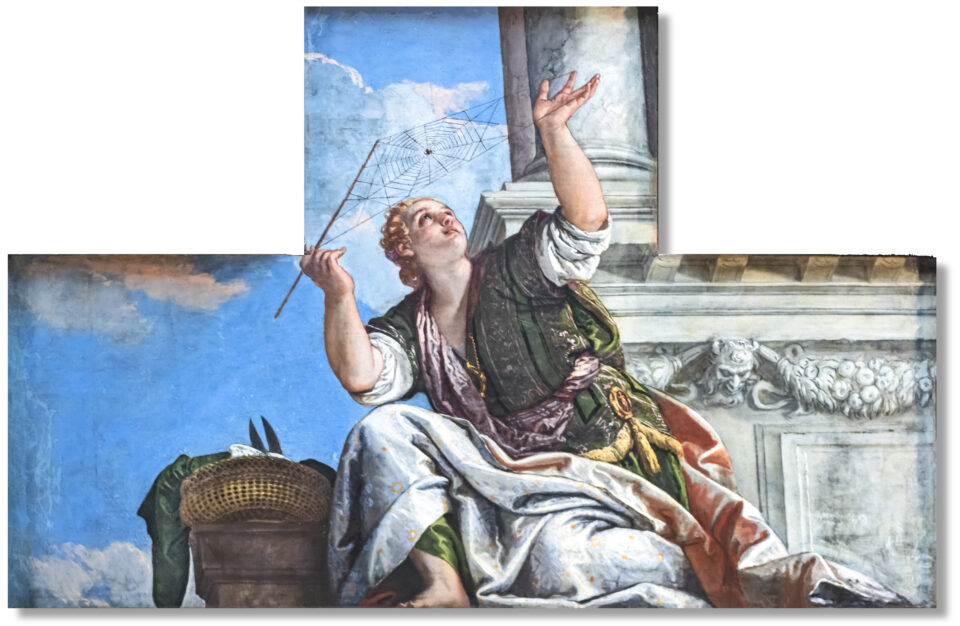
Spider-Man and the Spider Deities of Mythology
We can affirm that, in any of its versions, Peter Parker and his alter ego Spider-Man have become true myths for audiences worldwide.
The idea of Spider-Man came to Stan Lee almost by chance, as he observed one of these animals walking on a wall. However, in reality, spider deities, spirits, and spider men and women are present in many mythologies and often play a fundamental role in the epic narratives of the countries they originate from.
We can assure you that there are truly many of them because spiders are found in every corner of the globe, and despite the panic they may evoke, they are undoubtedly extraordinary beings. It is precisely this dichotomy that has fueled many legends. Today, we will try to provide an overview of at least the most important and well-known myths.
So let’s climb together to discover the arachnid characters of mythology!
African Mythology: Anansi
The most famous and significant spider deity originates from West Africa, and it is Anansi, who could assume the forms of both a spider and a human being. His worship was practiced by the Ashanti people of Ghana and, later, due to the slave trade, it spread to America, the Caribbean, and especially Jamaica. Anansi is one of the most important deities in Ashanti mythology and is, in fact, the son of Nyame, the supreme god of the sky, and Asase ya, the goddess of the earth and fertility. His full name is Kweku Anansi, which means “Wednesday Anansi”, as he is believed to have been born on that day of the week, a detail that characterizes his spirit. His role in cosmogony is fundamental because he created the Sun, the Moon, the stars and the first man, to whom Nyame gave life. Furthermore, Anansi teaches humans agriculture and shows them how to build houses, while his spiderweb educates them on creating bonds among themselves to form society.
This spider deity is considered a trickster and, true to his nature, he relies on cunning rather than strength to navigate difficult situations (if you are interested in learning about the stories and nature of other tricksters, we recommend our article on the subject). Thanks to his cleverness, Anansi becomes the “Holder of All Stories” and the source of all knowledge.
Andamanese Mythology: Biliku
Let’s now move to India, specifically to the Bay of Bengal, in the archipelago of the Andaman Islands. The people inhabiting these islands belong to various tribes with very few, unfortunately, individuals, who refuse contact with the outside world (which can be understood). Consequently, very little is known about the Andamanese people and their religion. Furthermore, these are oral traditions of an almost unknown language, and the myths vary significantly from tribe to tribe.

What we do know is that the common distinctive trait among them is that they have a supreme deity of storms, winds and northeast monsoons, married to a corresponding deity of the southeast. In the southern part, this divine couple is known as Puluga and Deria, with the former being the supreme male god married to a female deity. In the northern part, the divine pair is called Biliku and Taria, with their genders reversed. Biliku, unlike Puluga, is associated with spiders (her name itself signifies this), and it is said that she resides in a cave from which she emerges to unleash storms. Furthermore, after weaving her web, she is believed to have created the Universe.
The Andamanese believe that breaking certain taboos will trigger the wrath of the divine couple. These taboos include burning or melting beeswax, killing a cicada, disturbing it while it sings by making noise and using certain types of food. Additionally, in the north, it is believed that Biliku becomes angry if a spider (among other animals) is killed. Therefore, when a severe storm approaches, the Andamanese often say, “Biliku is furious.”
Japanese Mythology: Tsuchigumo
Japan is renowned for being a land populated with apparitions, spirits and demons, which can be both benevolent and dangerous to humans. These creatures are collectively referred to as yōkai, and they come in all shapes and forms. Among the most common are animal yōkai, which typically start as purely animal in appearance when young, but as they grow wiser and more cunning, they assume human-like traits and can even completely transform into humans, concealing their true nature. Among these are the spider yōkai known as tsuchigumo, which means “Earth Spider.” Spiders themselves in Japan do not always have negative connotations, as they are also considered symbols of good luck. However, in the case of tsuchigumo, they are often depicted as malevolent beings that feed on humans.
Some believe that “tsuchigumo” was a derogatory term used by the Japanese to refer to the people who inhabited the islands before the arrival of their ancestors and with whom they fought many wars. The name may have been attributed to them because they lived in caves and, according to descriptions, were very small men with disproportionately long limbs, hence the association with spiders. Only later did tsuchigumo evolve into full-fledged yōkai. The first written appearance of one of these supernatural spiders can be found in the “Tsuchigumo sōshi,” which is an otogizōshi, a prose tale accompanied by drawings (the prototype of the early manga), that is part of a collection dating from the Muromachi period between the 14th and 17th centuries. During the Edo period, the jorōgumo appeared, which means “prostitute spider.” These are yōkai that assume the appearance of beautiful women to deceive humans.

Norse Mythology: Loki

Given that the spider is often considered a trickster, our dear Loki couldn’t be left out of this article. One of the many etymologies of the name “Loki” is indeed believed to be “locke”, which means spider. Our mischievous god can change his appearance at will, most of the time into an animal, and, in addition to sharing a mischievous nature with spiders, he also shares their creative ability. It is said that Loki wove a fishing net similar to a spider’s web. Here is an excerpt from Snorri Sturluson’s Prose Edda (1179-1241), in the chapter “Loki Bound”: “He thought about how the Æsir might catch him in those cascades. One day, while sitting at home, with the fire crackling in front of him, he took a piece of flax and wove it into a mesh, just as nets have been made since then.”
In summary, Loki and Spidey have more in common than one might expect!
Greek-Roman Mythology: Arachne
Coming to a more familiar territory, let’s conclude with the story of the proud but unfortunate Arachne from Greek-Roman mythology. In this case, we’re not talking about a spider woman but rather a girl who is transformed into a spider. Arachne was the daughter of a dyer named Idmon and she was so skilled in weaving that it was believed that Athena herself had taught her. However, the young woman claimed the opposite, saying that the goddess had learned from her. In a move strongly discouraged when dealing with the Olympians, she challenged Athena to a weaving contest. Athena tried to give her a chance to retract the challenge, but Arachne, persisting in her hubris (excessive pride), did not back down. So Athena and Arachne began their competition and the girl wove the loves and escapades of the gods, not sparing a bit of irony in representing the cunning of the divine (she continued to dig herself into a hole, indeed). Despite the work being flawless and not directly involving her, Athena did not take kindly to this creation and transformed Arachne into a spider, condemning her to weave for the rest of her life.
Indeed, Arachnids, not surprisingly, are a class of arthropods to which spiders belong.

There are still many myths about spider deities and other spider creatures to explore, but for now, we’ll stop here, reserving the possibility of sharing more in the future. If you enjoyed the article, please let us know by commenting here or on our social media channels!
Sources
- https://www.britannica.com/topic/Ananse
- https://web.archive.org/web/20080409225802/http://www.anansistories.com/Anansi_Spider_Man.html
- Ovidio, Le Metamorfosi, BUR, 1994
- Brunvand, Jan Harold. Midwest Folklore, vol. 12, no. 4, Indiana University Press, 1962, pp. 244–46, http://www.jstor.org/stable/4317996.
- Rooth, Anna Birgitta, Loki in Scandinavian Mythology, C.W.K. Gleerup, 1961
- Reider, Noriko T., Tsuchigumo sōshi The Emergence of a Shape-Shifting Killer Female Spider, Asian Ethnology Volume 72, n. 1, 2013, 55–83
- Schmidt, W. “2. Puluga, the Supreme Being of the Andamanese.” Man, vol. 10, [Wiley, Royal Anthropological Institute of Great Britain and Ireland], 1910, pp. 2–7, https://doi.org/10.2307/2788866.
- https://www.treccani.it/enciclopedia/andamane_%28Enciclopedia-Italiana%29/
- R. Radcliffe-Brown, The Andaman Islanders, Cambridge University Press, 2013





